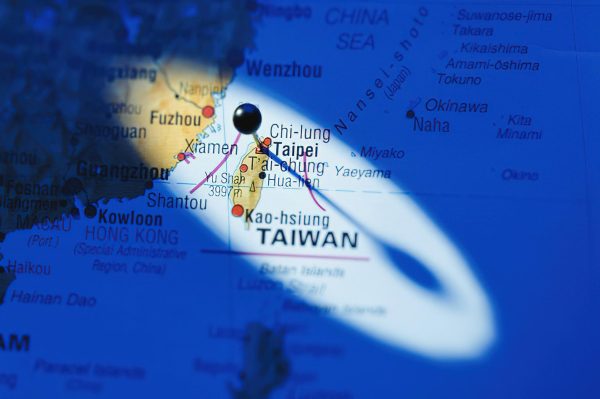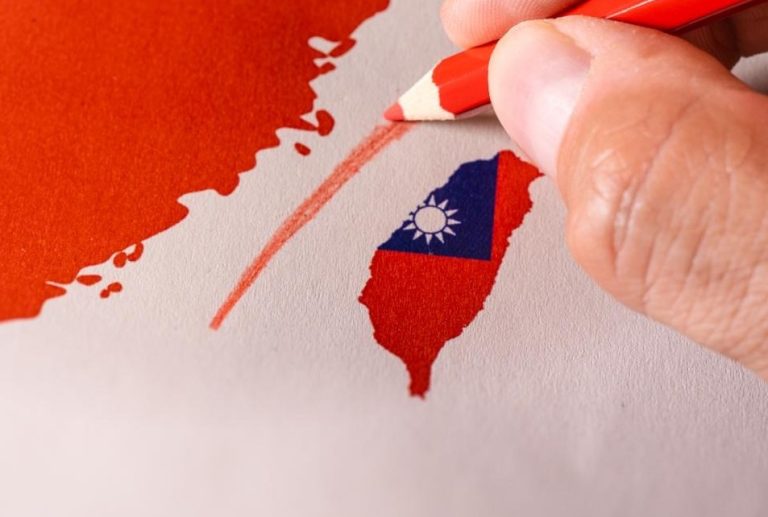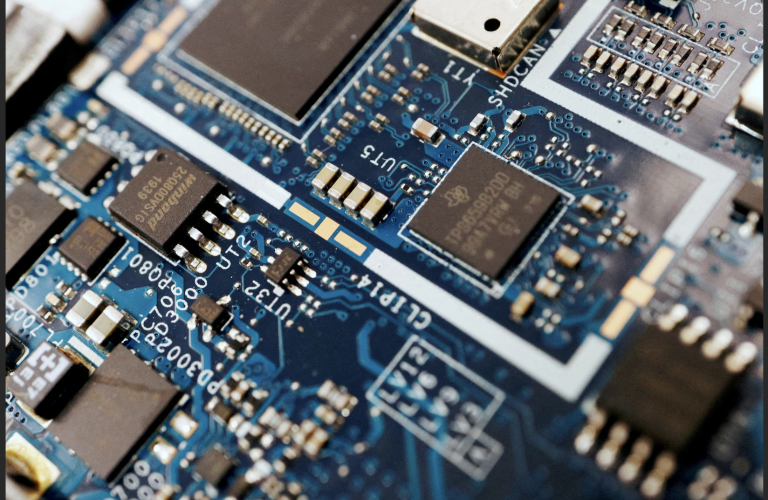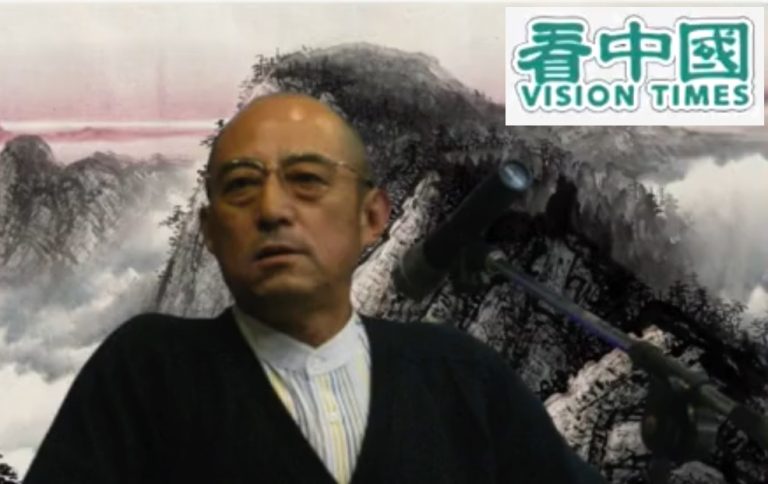Commentary
To casual observers, it may come as a surprise to learn that every Oct. 10, the government and people of Taiwan celebrate the National Day of the Republic of China (ROC).
After all, Taiwan has near-constantly made headlines in recent years for facing down the growing might and belligerence of Beijing — with mainstream news articles often summing up the relationship using some variation of the phrase “the self-ruled island that China claims as its own.”
One could be forgiven for leaving things at that, were it not for the question: Why does Taiwan celebrate the founding of a Chinese government?
And today, as tensions across the Taiwan Strait rise, the answer is not just a matter of historical interest, but key to understanding one of the most fundamental problems for East Asia and Sino-U.S. relations.
The Chinese republic
Success
You are now signed up for our newsletter
Success
Check your email to complete sign up
2023 marks the 112th anniversary of what in Chinese is known as “Double Ten” — which memorializes the Wuchang Uprising of 1911.
That October, an armed revolt in the central Chinese city now known as Wuhan led to the rapid collapse of the Qing Dynasty, in which the minority Manchu ethnicity had ruled China for over 250 years.
With the end of the Qing also came the end of more than 2,000 years of imperial rule. Dr. Sun Yat-sen, the founder and first president of the ROC, envisioned a China governed by Western-style rule of law yet still firmly grounded in its ancient moral traditions.
However, the Chinese republic suffered external threats and internal division. Sun was quickly forced out of the presidency by a northern warlord, and died in 1925 while his party courted the newly formed Soviet Union. A civil war between Sun’s party, the Chinese Nationalist Party or Kuomintang (KMT), and the Chinese communist movement was joined in the 1930s by Imperial Japan’s invasion and occupation of nearly half of China.
After World War II, the Kuomintang, led by Sun’s successor Chiang Kai-shek, continued its struggle against the Chinese Communist Party, or CCP. Due to the massive losses Chiang’s government had sustained in the war of resistance against Japan, the ROC was defeated by the communists, who established a People’s Republic of China (PRC) in 1949.
Down but not out, the republican Chinese authorities retreated to the island of Taiwan, which had been liberated from Japanese rule in 1945. The Republic of China continues to govern Taiwan and surrounding minor islands to this day.
A history buried by names, geography, and politics
For decades, the division between mainland China and Taiwan was seen for what it technically was: a conflict between communist and non-communist governments. But unlike Korea and Germany — both split into Soviet and American-controlled zones — the massive size of the PRC relative to Taiwan held sway.
China was a founding member of the United Nations, and, despite its weakness at the end of World War II, was recognized as one of the major Allied countries and earned a seat on the U.N. Security Council along with the U.S., UK, France, and Russia.
In 1971, the United Nations voted to end recognition of the ROC government, arguing that its lack of actual control over almost all of China meant that its very claim to Chinese sovereignty was invalid. In place of the ROC, the PRC regime was given recognition as the sole representative of “China” at the U.N.

By the end of the decade, the United States — which under President Richard Nixon and his successors was eager to engage Beijing as an economic and strategic partner against the Soviet Union — had also stopped recognizing the “Free China” on Taiwan.
As the PRC’s diplomatic and economic clout grew, the perception of it as a communist country faded not just in the West, but in Asia, with overseas Chinese, Hongkongers, and Taiwanese eager to do business with the People’s Republic.
And the trend of democratization meant that on Taiwan, the authoritarian Kuomintang gradually gave way to liberal sentiments, with more political freedoms and dissent tolerated during the presidency of Chiang Kai-shek’s son, Chiang Ching-kuo.
By the 1990s, the Kuomintang — taken over following the younger Chiang’s death by undercover Taiwanese nationalist Lee Teng-hui — not only allowed popular elections, but also embarked on a campaign of “Taiwanization,” that is, progressively dismantling the Chinese cultural identity that the Chiangs had worked to build on the island.
The legacy and future of a non-communist China
Today, Taiwan’s status is in limbo. It is formally the ROC, but almost never referred to as such in casual usage or by the media, even when a simple explanation of the historical background could be inserted. Neither does the U.N. recognize it as a sovereign country separate from “China.”
Across the strait, meanwhile, the Communist Party has never let up in its claim that Taiwan is a natural and inalienable part of the PRC despite having never been governed by the communists.
In recent decades the CCP has played up nationalist sentiments in their rhetoric on the need for “reunification,” and has largely succeeded in wooing the modern Kuomintang with promises of lucrative cross-strait cooperation. Meanwhile, even as the popular reaction in Taiwan has been to reject their Chineseness in the face of Beijing’s menacing pressure, the core dispute remains a political one.
Oct.1 is National Day for the PRC, marking the day in 1949 when dictator Mao Zedong announced from the ramparts of the Forbidden City in Beijing that “the Chinese people have stood up.”
The CCP and its allies claimed that the events of 1949 were the successful conclusion of the process started by the Wuchang Uprising in 1911.
In reality, the takeover of mainland China by the CCP meant tens of millions of deaths at the hands of the Party, as well as the destruction and distortion of traditional Chinese culture, faith, and society.
Today, as its economy falters, the PRC has become more overtly repressive and belligerent, a contrast from the facade put on in the late Cold War up through the 2000s.
As the Communist Party attempts to impose its totalitarian interpretation on what it means to be “Chinese,” the symbology and legacy of the ROC — including the constitutional rule based on Sun Yat-sen’s Three Principles of the People that is celebrated each “Double Ten” — continue to hold irreplaceable value.
Taiwan, as the Republic of China, remains a constant reminder for the CCP that its political and cultural usurpation is not quite complete. As long as the ROC stands, the CCP cannot tolerate the existence of an alternative China. This, rather than a sense of patriotism, is the true reason Beijing strives so hard for “reunification.”













